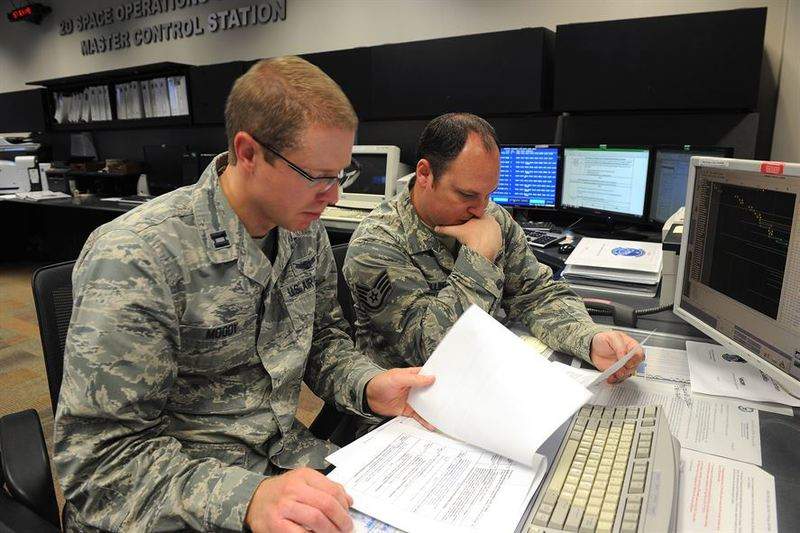

Lockheed Martin has announced the completion of a major upgrade to the US Air Force's (USAF) current GPS ground control system.
The latest update, commercial off-the-shelf (COTS) upgrade #2 (CUP2), marks the latest step in the multi-year plan to upgrade the technology.
The update is said to allow operators to manage 31 GPS IIR, IIR-M and IIF satellites.
Work under the CUP2 project included installation of modern commercial hardware and a major software upgrade that improves the system's ability to protect data and infrastructure from cyber threats, as well as improves its overall sustainability and operability.
Lockheed Martin mission solutions vice-president and general manager Vinny Sica said: "Continued modernisation and cyber-hardening of the GPS control system is vitally important to the sustainment of navigation services for our military and all global GPS users."
The company received the CUP2 project in November 2013, under the GPS Control Segment (GCS) contract.

US Tariffs are shifting - will you react or anticipate?
Don’t let policy changes catch you off guard. Stay proactive with real-time data and expert analysis.
By GlobalDataThe latest upgrade is said to be the third major technology refresh of the GPS command and control system since the GCS contract began in January 2013.
The Global Positioning Systems Directorate at the USAF Space and Missile Systems Center contracted the CUP2 upgrade.
The Air Force Space Command's 2nd Space Operations Squadron (2SOPS), based at Schriever Air Force Base, Colorado, manages and operates the GPS constellation for both civil and military users.
Image: USAF GPS satellite operators at the master control station, Schriever Air Force Base, Colorado. Photo: courtesy of the US Air Force.



